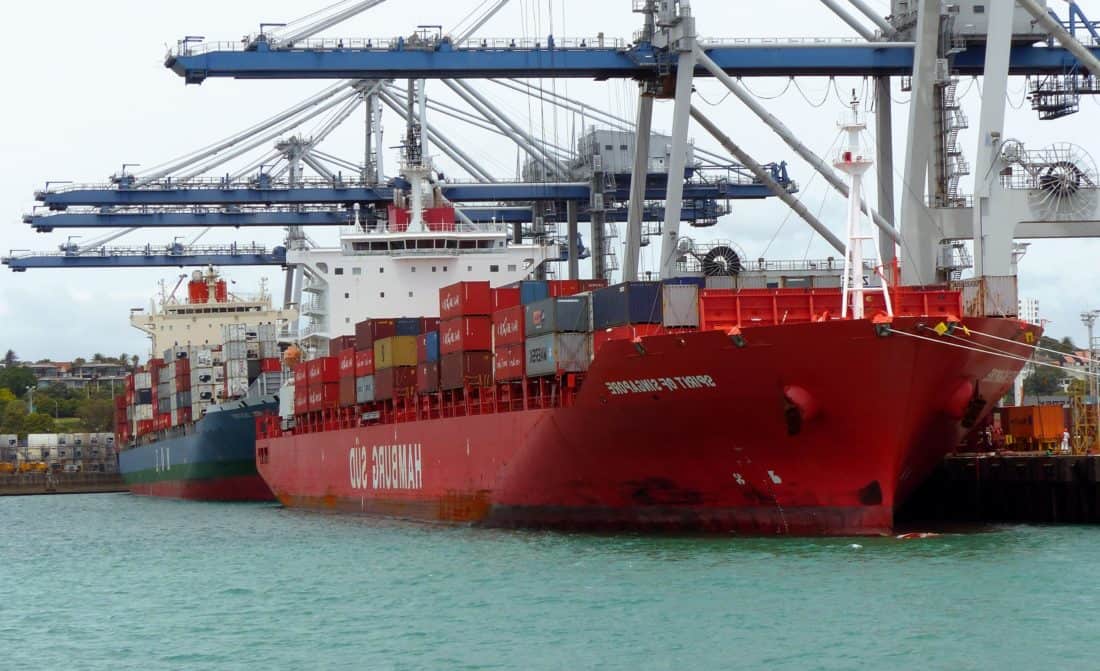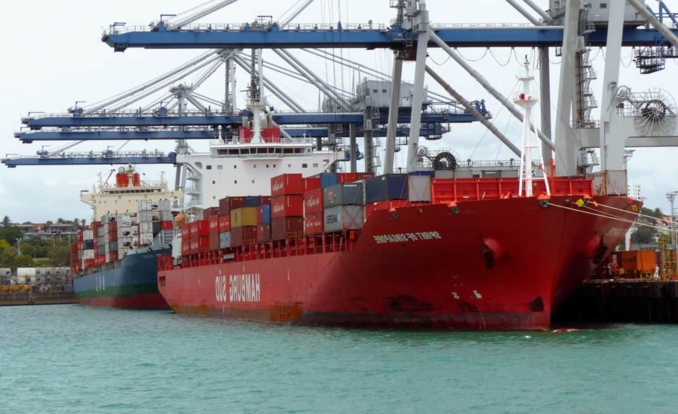Intensity of global trade, that is, share of manufactured goods that are subject to export, is declining in almost all sectors, according to a McKinsey Global Institute study. In 2007, this figure was 28.1%, but reached only 22.5% in 2017. The growth rates of trade volumes also declined: from 1990 to 2007, they grew on average 2.1 times faster than world GDP, from 2011 only 1.1 times faster. The strongest trade intensity falls in the most complex chains, where proportion of goods traded is higher.
At the same time, services and information flows play an increasingly important role. However, it is difficult to measure the added value created in the sale of services by traditional statistics (according to official data, services account for $ 5.1 trillion of turnover, while goods account for $ 17.3 trillion). According to the calculations of experts of the company, however, the share of the first is already higher, and services between divisions of multinational companies, as well as free digital services are now being underestimated. Moreover, turnover in some sub-sectors, in particular IT and telecommunications, business services, and intellectual property, is growing two to three times faster than in trade in goods (overall, in ten years, by 2017, services grew by 3.9% , while for goods - 2.4%).
In the future, the line between goods and services will continue to erode, and labor-intensive production will be replaced by capital-intensive, McKinsey expects. The technological component is already growing in the value chains. In 2016, R&D and intangible assets amounted to 13.1% of revenues in the chains against 5.4% in 2000 (including in mechanical engineering this component is 36%, in pharmaceuticals - 80%).
At the same time, price arbitrage (the purchase of cheaper goods) due to lower wages causes only 18% of the turnover in goods. Experts point out the growing demand inside China and other emerging economies as the main reasons for the changes. This leads to greater consumption within these countries (for example, China has previously exported 17% of production, in 2017 - 9%), development of domestic production (reduced dependence on component purchases from abroad) and technological change. So far, governments are trying to increase trade in goods, but the benefits are already shifting towards countries with highly skilled labor, opportunities for development and protected intellectual property, the report's authors believe. Added value is increasingly formed through R&D and design, as well as distribution, marketing and after-sales services, while the share of actual production is decreasing.
source: mckinsey.com
At the same time, services and information flows play an increasingly important role. However, it is difficult to measure the added value created in the sale of services by traditional statistics (according to official data, services account for $ 5.1 trillion of turnover, while goods account for $ 17.3 trillion). According to the calculations of experts of the company, however, the share of the first is already higher, and services between divisions of multinational companies, as well as free digital services are now being underestimated. Moreover, turnover in some sub-sectors, in particular IT and telecommunications, business services, and intellectual property, is growing two to three times faster than in trade in goods (overall, in ten years, by 2017, services grew by 3.9% , while for goods - 2.4%).
In the future, the line between goods and services will continue to erode, and labor-intensive production will be replaced by capital-intensive, McKinsey expects. The technological component is already growing in the value chains. In 2016, R&D and intangible assets amounted to 13.1% of revenues in the chains against 5.4% in 2000 (including in mechanical engineering this component is 36%, in pharmaceuticals - 80%).
At the same time, price arbitrage (the purchase of cheaper goods) due to lower wages causes only 18% of the turnover in goods. Experts point out the growing demand inside China and other emerging economies as the main reasons for the changes. This leads to greater consumption within these countries (for example, China has previously exported 17% of production, in 2017 - 9%), development of domestic production (reduced dependence on component purchases from abroad) and technological change. So far, governments are trying to increase trade in goods, but the benefits are already shifting towards countries with highly skilled labor, opportunities for development and protected intellectual property, the report's authors believe. Added value is increasingly formed through R&D and design, as well as distribution, marketing and after-sales services, while the share of actual production is decreasing.
source: mckinsey.com



















